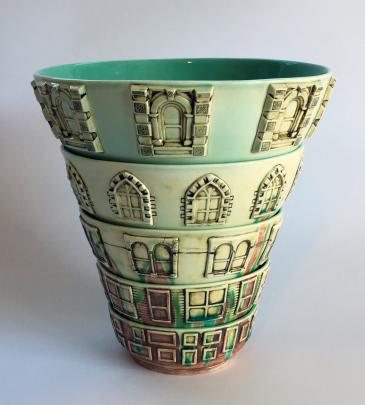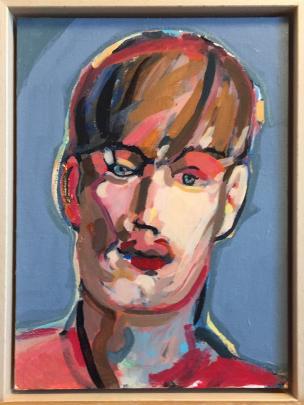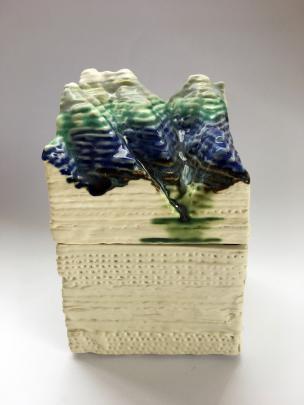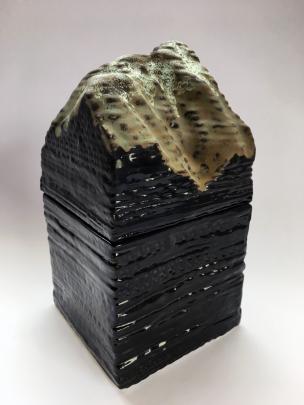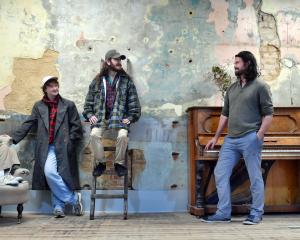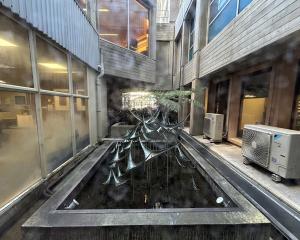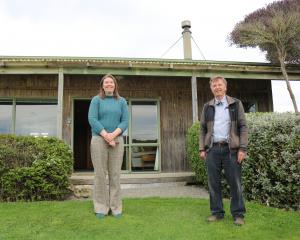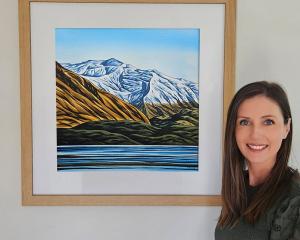Anton Lambaart has jumped the Ditch for his art.
However, he says Dunedin has many things going for it, such as its high standard of contemporary art, collegial art environment, its size and the university with the dynamism it brings to the city.
It has turned out to be the perfect place for him to paint while still working three days a week in advertising in Melbourne via the internet.
''I don't have any regrets. There's a great youth culture, art culture. It's exactly the bed I wanted to lie in.''
In Melbourne, the art world is very insular and even though he had worked in collective studios in the past there was not a lot of sharing involved.

''I've found here it's very communal. People want to share and talk about their works.
"They invite you in and talk about techniques.
''I find that fantastic. It's more like Europe, how they practise there, they communicate and argue over works.''
He is enjoying the space working part-time has given him after decades in the fast-paced world of advertising.
''It's a very intense career path. You work 14- to 16-hour days. It's a very intense, take no prisoners environment. It's very time and energy consuming, which made painting very difficult.''
Now he has time to think about his work and develop storylines. Lambaart is already working towards an exhibition in 2020 - a series of portraits focused on tattooing across different cultures from New Zealand's ta moko, to Celtic and Innuit facial tattoos as well as contemporary tattoos.
''They have the same stories of the past and family.''
He is hoping the new environment will help push him in new directions and styles.
In the two pieces he is doing for the Otago Art Society's joint exhibition with the Ceramics Association he has referenced ceramics in two different ways.
His first painting shows a young man ''dressed'' in porcelain, referencing the days when the wealthy of Europe were obsessed with porcelain.
The other is in a completely different style, with the face ''glazed'' and dishevelled like a piece of pottery.
''I don't want to be trapped into one style of painting. I don't want to get stuck in a rut.''
He has joined the Otago Art Society as it is a way to meet and be exposed to other artists and their work.
''When you work in a studio by yourself you don't have that.''
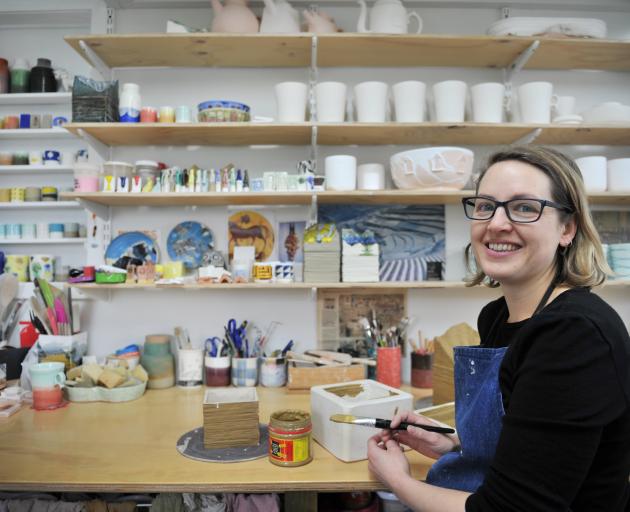
Dunedin potter and ceramic artist Elise Johnston also enjoys the collegiality of belonging to an organisation of fellow artists.
She joined the local potters group and found the monthly meetings are a great place to learn new skills and talk to experienced potters.
Johnston studied sculpture and when she left art school was working with cardboard and paper to create her designs.
''It was a good material as it didn't have much impact on the environment.''
But after she had children, she moved into ceramics with her mother Karen Taylor-O'Neill.
The pair created Three Cups of Tea, a line of artisan ceramics which satisfied Johnston's need for functional but beautiful tableware.
Alongside this, Johnston has been developing her ceramic art work, setting aside time when she identified an exhibition she would like to enter or if an idea popped into her head.
''I have two parallel bodies of work going at the same time.''
She loves the medium because it is so malleable.
''You can pinch, poke and squidge it but once it's been in the kiln it's rock hard, durable and can be extremely functional.''
Johnston also enjoyed that there was so much to learn about it. She is doing a distance learning glazing course.
''I'm loving the chemistry; it's really interesting the composition of glazes.''
Doing the tableware, which was quite repetitive, had meant she learned a lot about the materials and techniques she would not have otherwise.
''I've had pieces going through the dishwasher for years so it tests the limits of the medium.''
Having the commercial work in the kiln in her garage studio regularly meant she could add her ''experiments'' at the same time.
''I have a side-line testing programme while putting the cups and bottles through the kiln.''
The pieces she is entering in the exhibition are boxes with lids made from sections of a topographic map of an area of land from the Motatapu Track to Wanaka.
She used the lines from the topographic map to create a 3-D image out of cardboard. It was then cast in ceramics and glazed.
''At the moment I'm very interested in translating the landscape we see in Central Otago or Naseby - the mountains which seem to change slightly every time using different glazes.''


